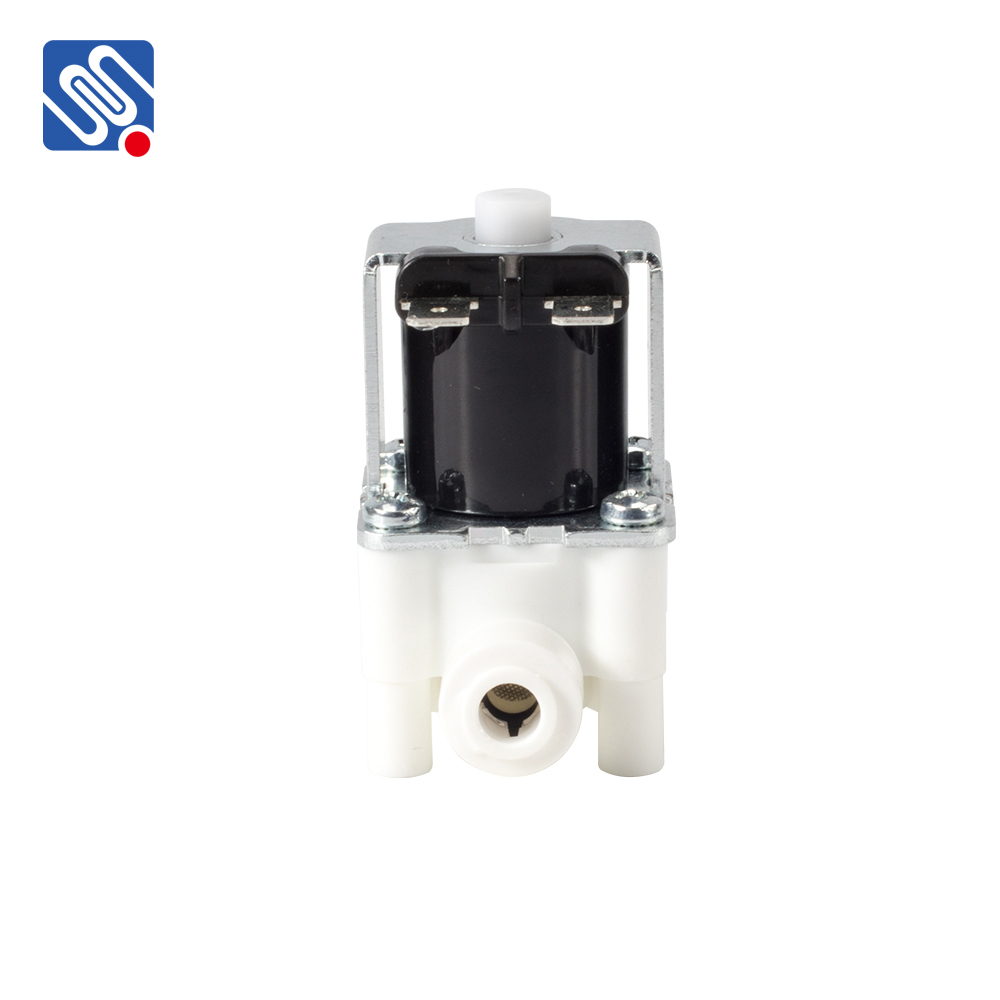The Quick Open Solenoid Valve is an essential component in a wide range of industrial and automation systems, providing fast and efficient control over fluid and gas flow. These valves, designed to open swiftly when activated, are key to ensuring seamless operation in environments where speed and accuracy are crucial. In this article, we will delve into the working principles, applications, benefits, and key considerations for selecting a Quick Open Solenoid Valve, helping you understand why it is such a valuable tool in modern engineering systems.

What is a Quick Open Solenoid Valve? At its core, a solenoid valve is an electromechanical device that uses an electric current to control the opening and closing of a valve. The Quick Open Solenoid Valve is designed specifically to provide rapid response times, typically opening within milliseconds of receiving an electrical signal. This rapid actuation is crucial in applications where even slight delays can result in system inefficiencies or operational failures. The valve is typically composed of a coil, a plunger (or armature), a spring, and a valve body. When current flows through the solenoid coil, it generates a magnetic field that moves the plunger, causing the valve to open or close. In the case of the quick open variant, the valve is engineered with specific features such as reduced resistance and optimized sealing to ensure the valve responds much faster than standard solenoid valves.